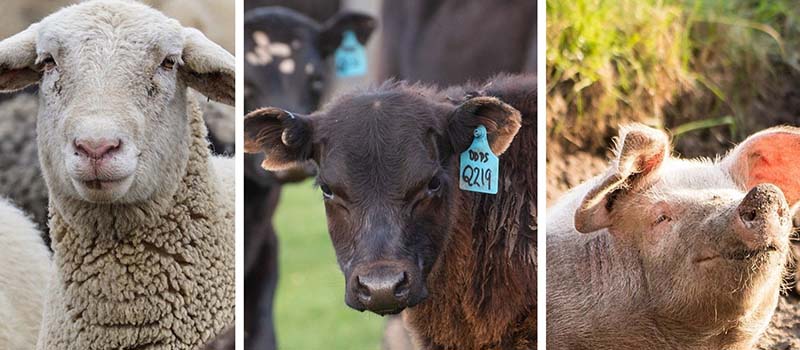Why it is important to comply the animal welfare for the meat

Ensuring animal welfare within the slaughterhouse is key to ensuring the best quality of the final product.
The regulation on Animal Welfare is or should be, the standard and the maximum of any farmer or producer in the meat industry. The thought has been growing for some time that this standard, the care of the animal once it has arrived at the slaughterhouse, is not taken into account or is relaxed to the detriment of the animal itself. Ignoring this point can be considered a mistake, and beyond the simple fact of complying with the law and avoiding animal suffering, there is the fact that compliance with animal welfare is important to ensure tender meat with the maximum quality. All in all to guarantee a competent final product in the market.
The care of animal welfare within the slaughterhouse is convenient as it is a very important variable that influences the quality of the meat -as indicated by the Pale, Soft and Exudative Meat Index, PSE is the acronym-, and in the subsequent decline of the canals. Therefore, improving the quality of the meat undoubtedly improves the profitability of the producers.
For this reason, the work of the manufacturers of machinery for slaughterhouses must attend precisely to this principle, and ensure that their facilities are oriented to the care of meat from the beginning of all processes. At Mecanova, special attention is paid to the stunning processes of all the lines in which we work. How do we implement it? Seeking a correct design in our products, from the driving sleeve to the stunning equipment.
Conducting is the first and key step in the process. In the case of pigs, a tunnel of conduction is required to facilitate handling, help the animal to relax and prevent the animal from being boxed or pushed back. In these cases, Mecanova offers a tunnel with a special design that achieves the easy entry of the animal without any type of coercion with a non-return door that prevents the animal from recoiling. Its octagonal design prevents an animal from trying to overtake the previous one, thus avoiding it for being stuck. It also has showers that facilitate relaxation while waiting, and blasted stainless steel plates to avoid reflections or flashes of light.
In the case of cattle, the design of the tunnels is in serpentine and with lung areas to allow the production rate required by the line. In the case of sheeps, the design of the the tunnel is conical to facilitate access to the animal to the stunned point, which is the restrainer. It is very important in this case, the management of ambient light, which should be greater in the stun points than in pens: reflections or flashes can greatly frighten the animal. On the other hand, in the case of sheep, the critical point of the process occurs in the pens, a place prior to the entry of the restrainer. Here is where scenes of animal abuse usually occur, due to the resistance of the animals to enter the driving tunnel, causing them stress, and forcing the operators to act by force to put them inside. To avoid this situation, Mecanova offers mechanized pens with a push system, also for sheep. These systems progressively reduce the space, and facilitate the voluntary entry of the animal.
After driving, the process of stunning the animal begins, in which different types of machinery must be used depending on the production, the animal and the volume of animals that must be stunned in a specific period of time. Mecanova offers different solutions for this depending on the production line. In the pork line, different elements are necessary when carrying out the stunning, such as CO2 System, the stunning box or the restrainer. In the the cattle line, the recommended machinery will always be the Stunning box. And for the sheep line, the restrainer becomes the protagonist of the process, carrying out an exact dosage in proportion to the production.
The key for every manufacturer is to respect the regulations when designing the driving and stunning equipment, ensuring the quality of the meat from the beginning.




